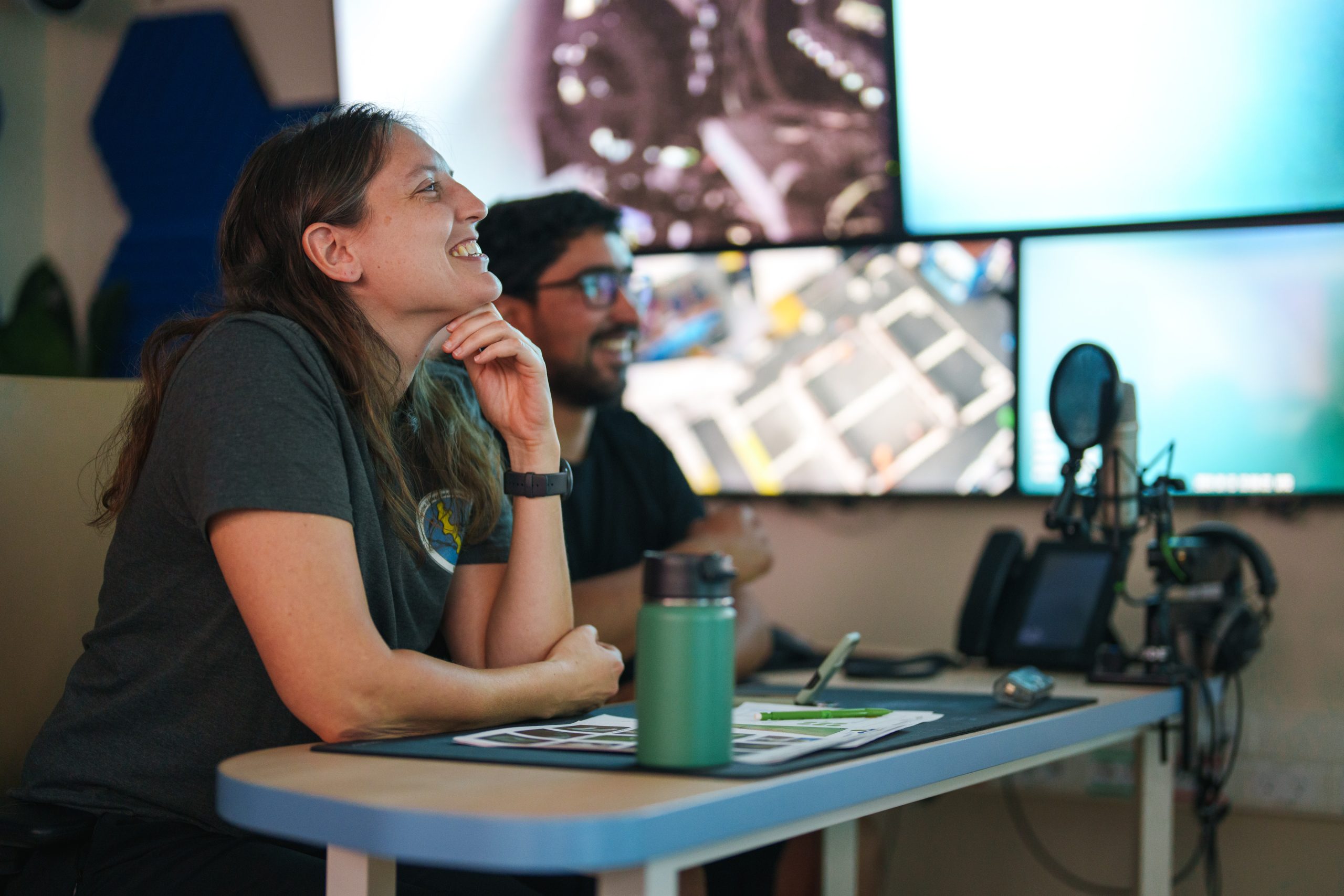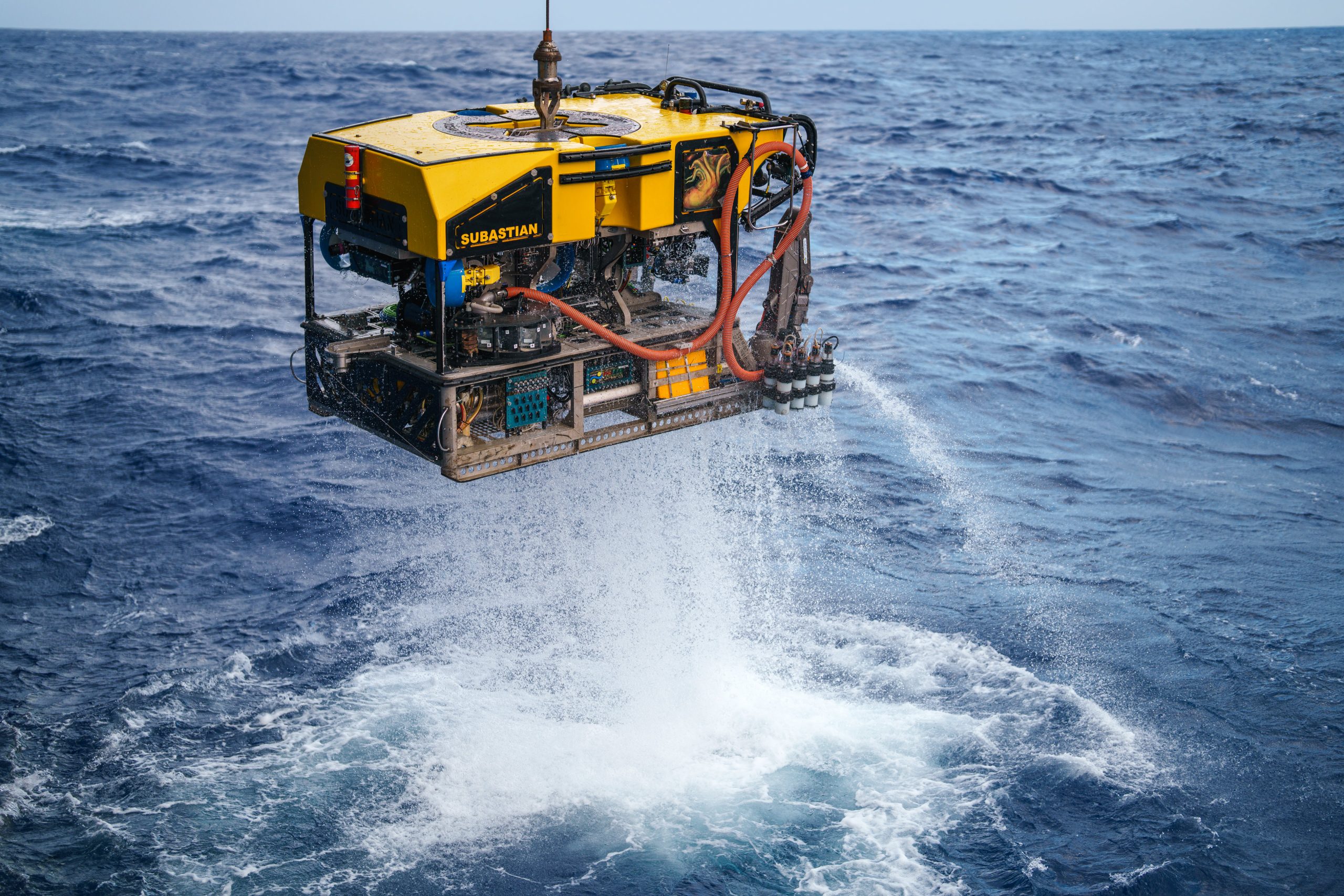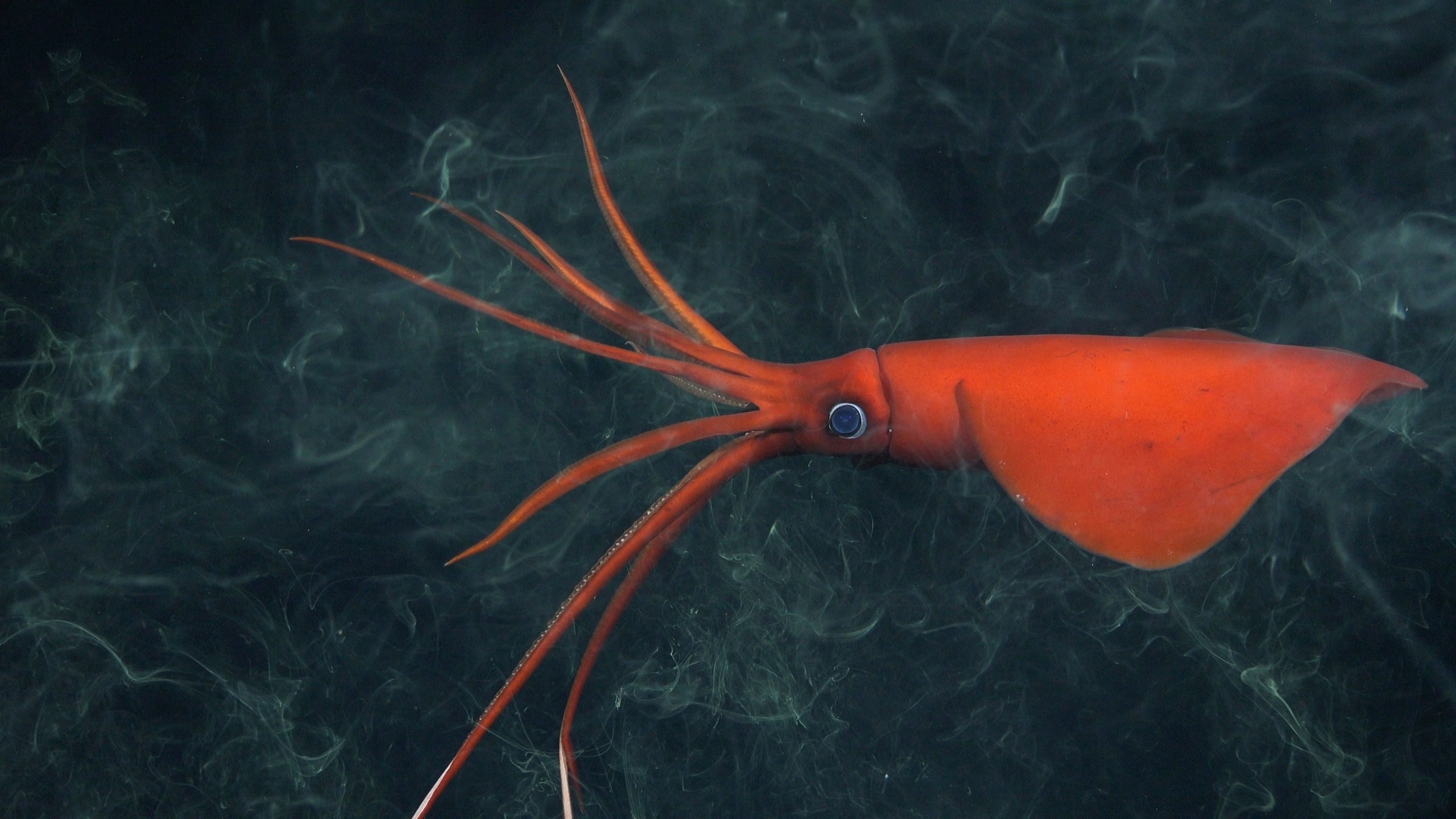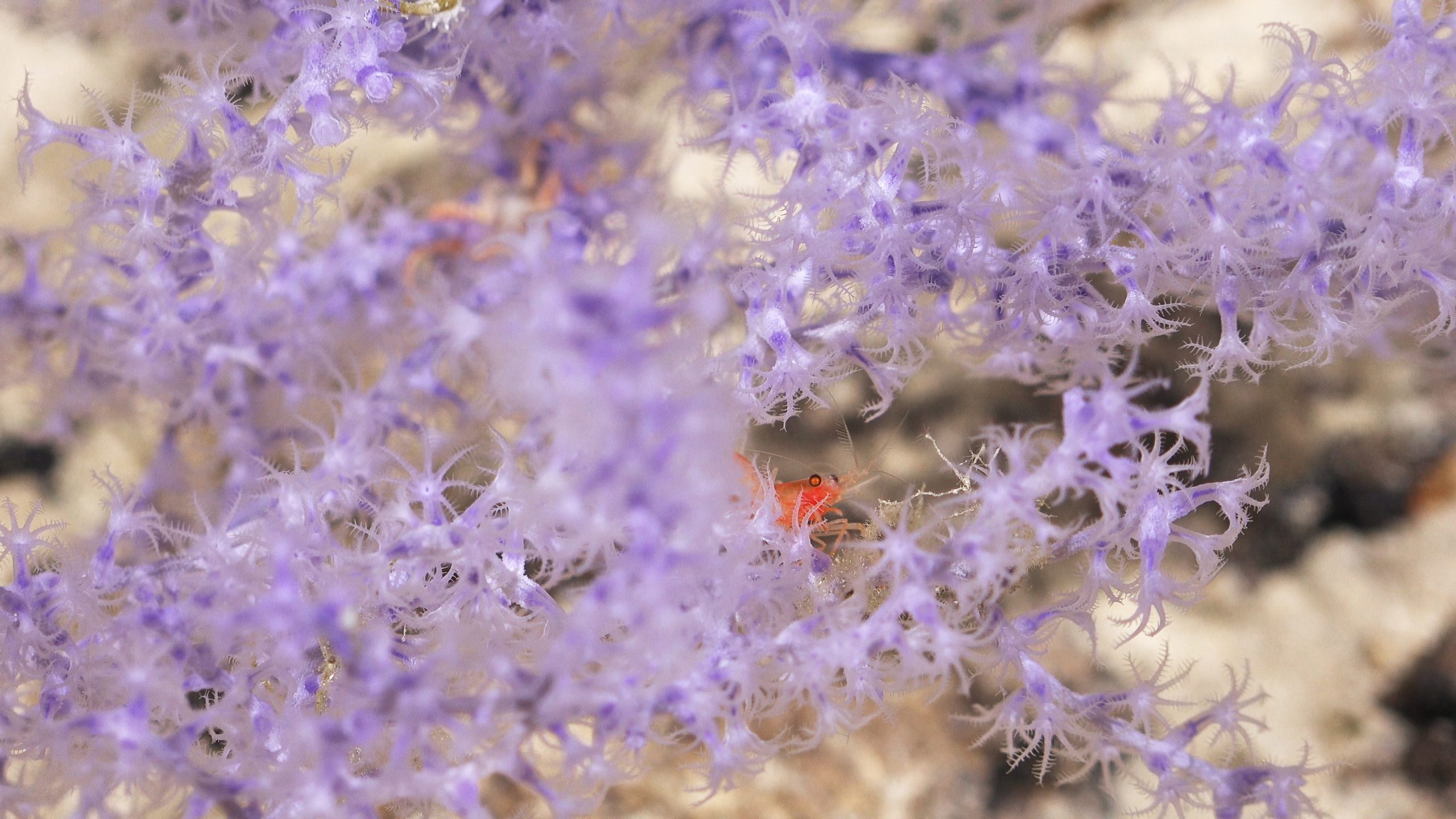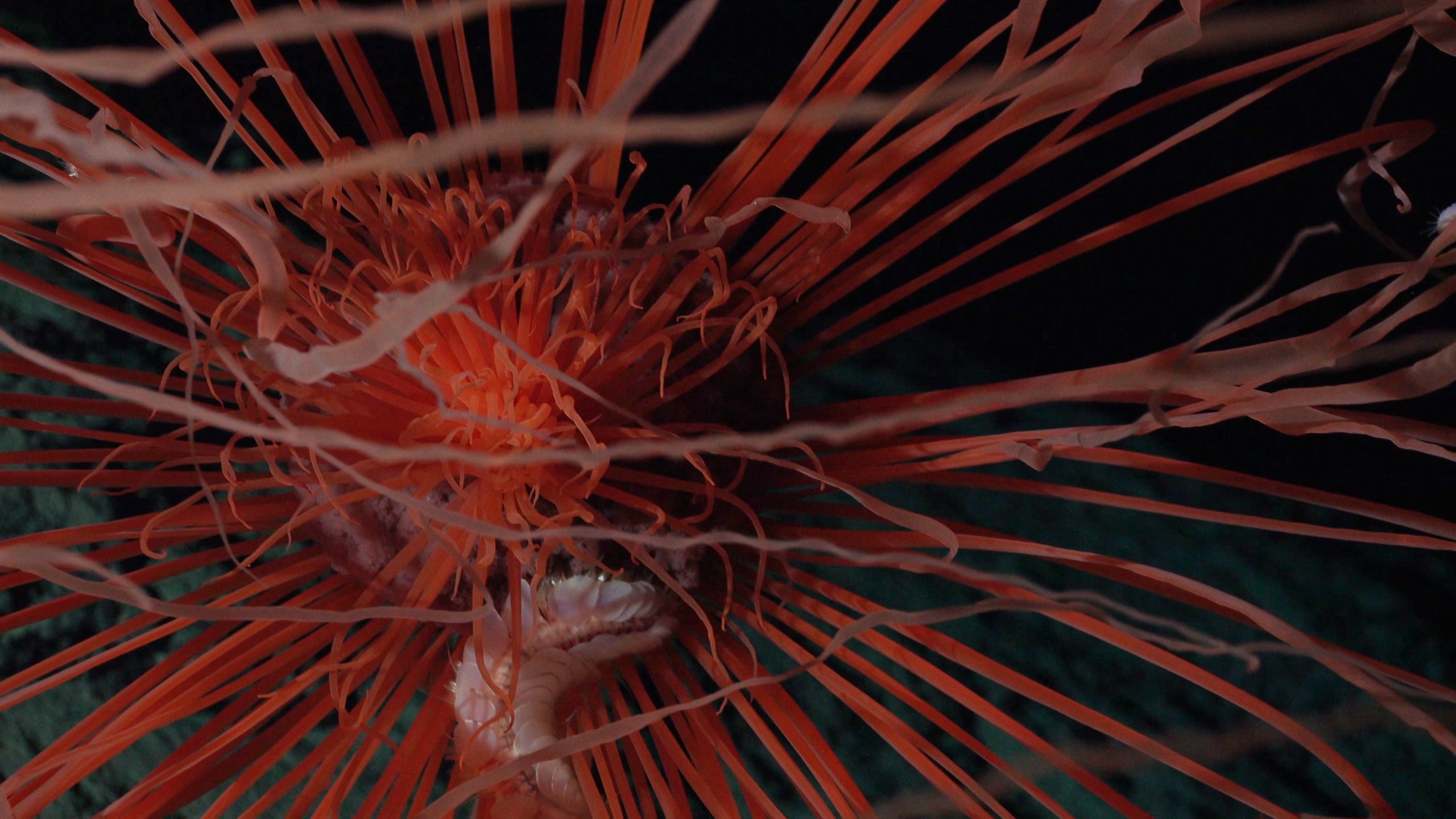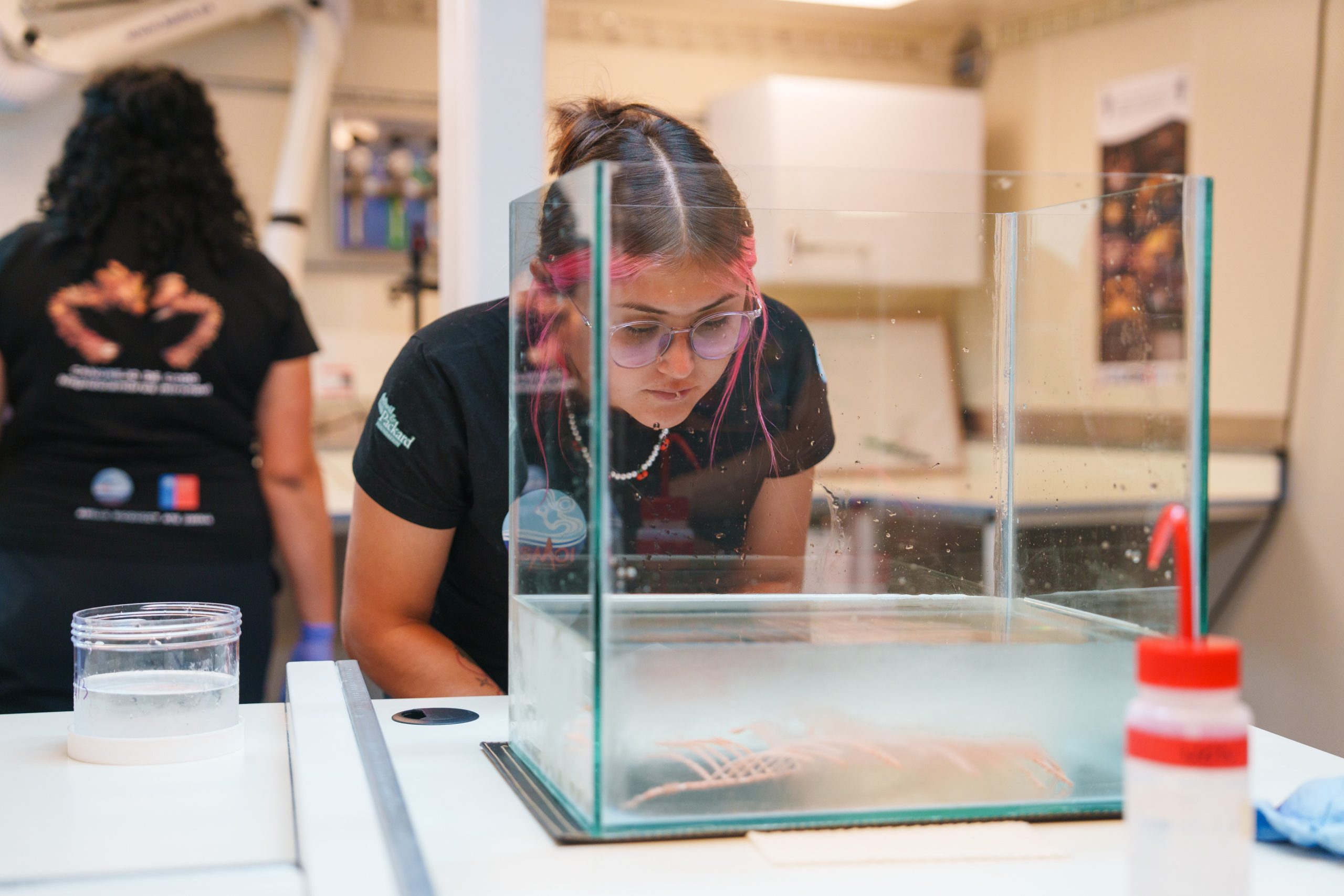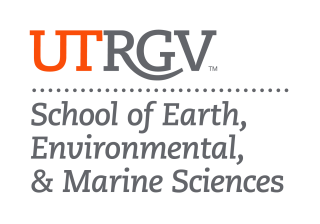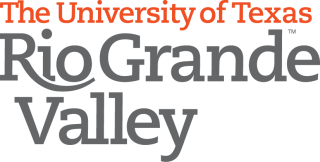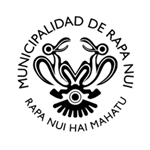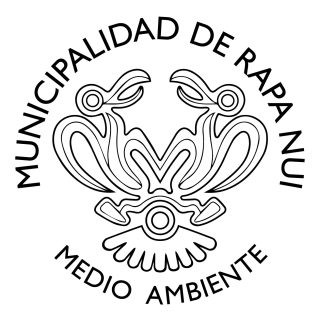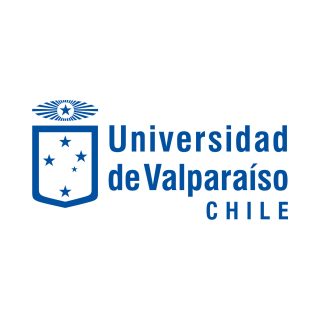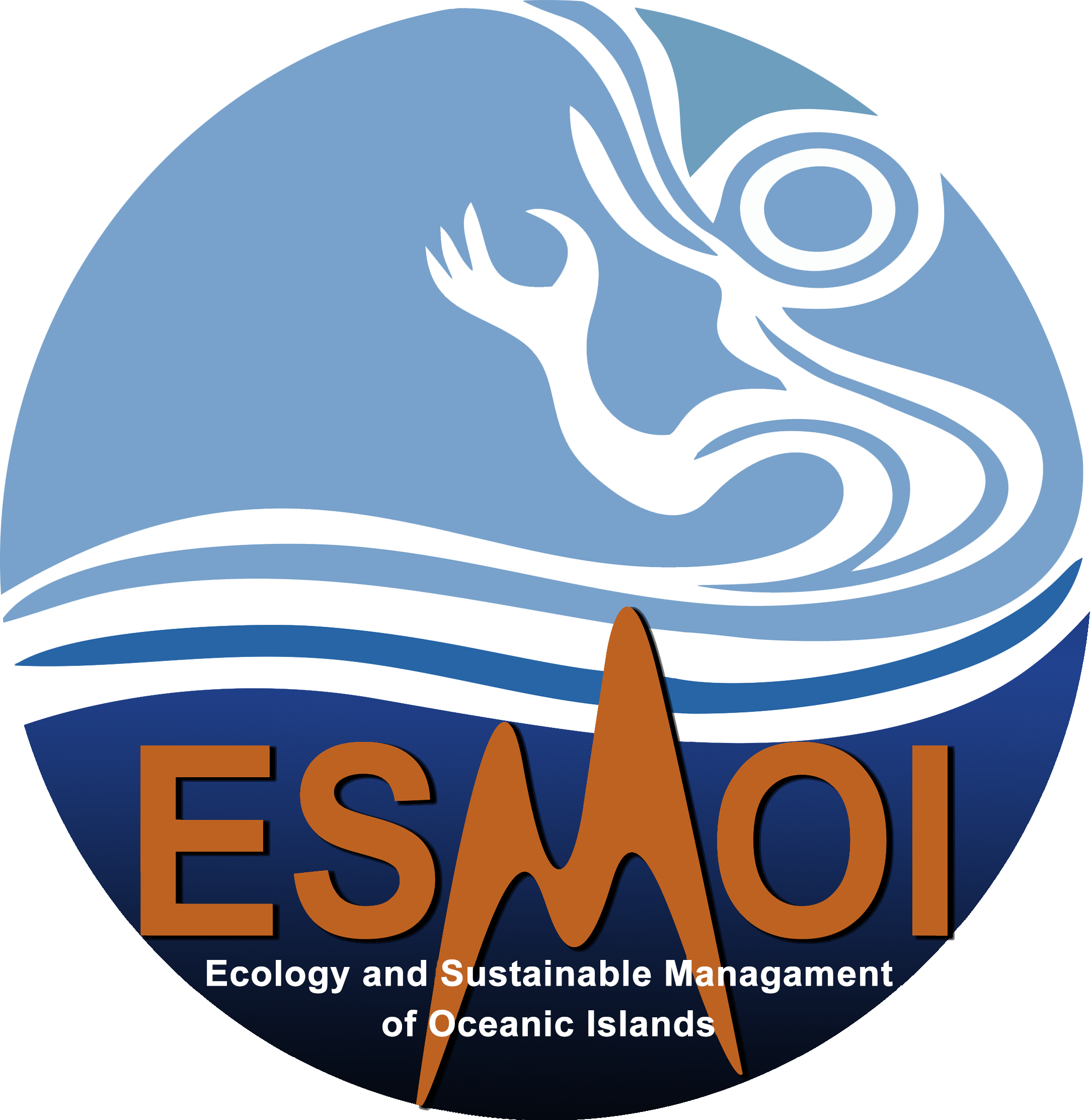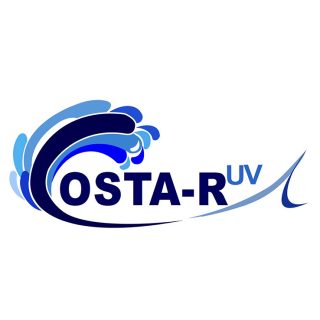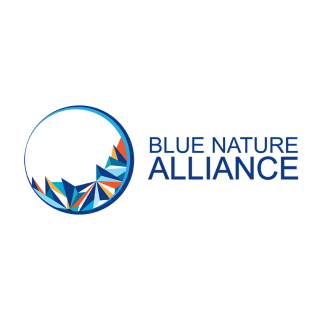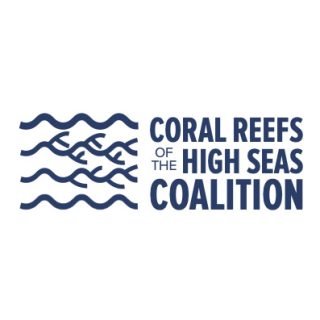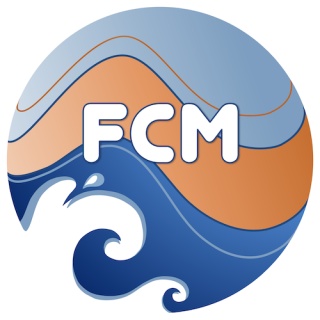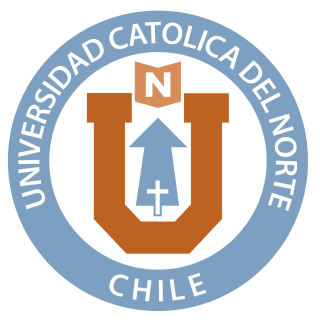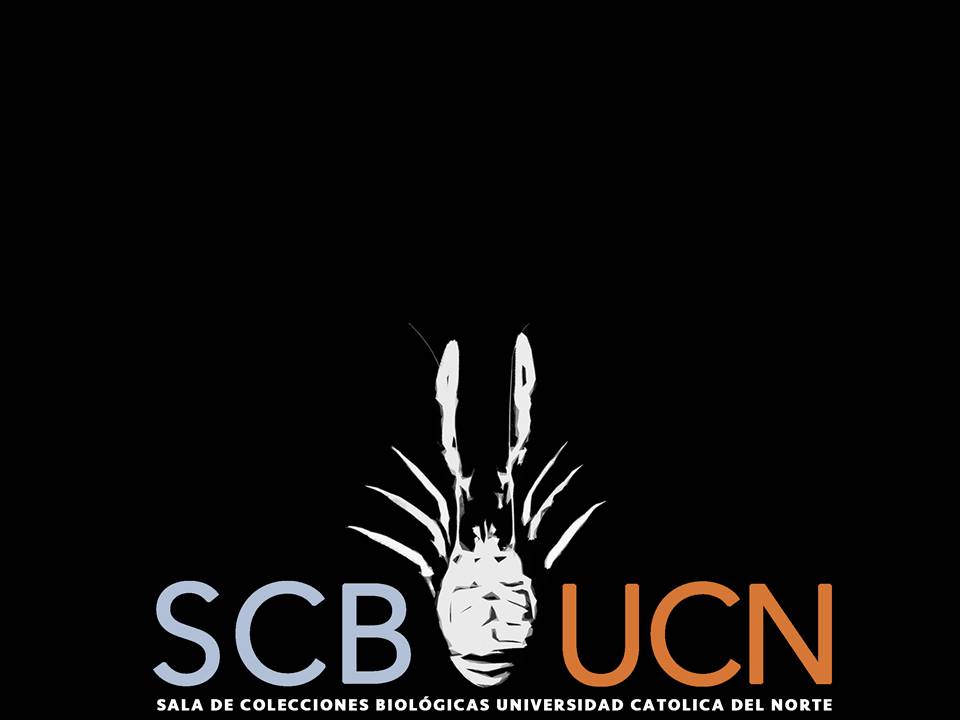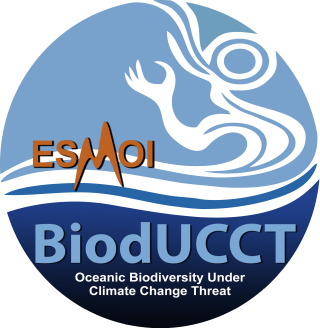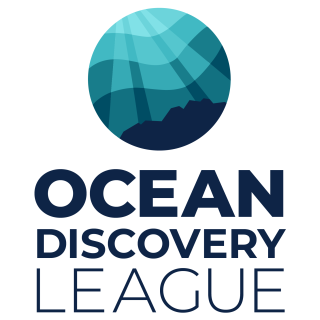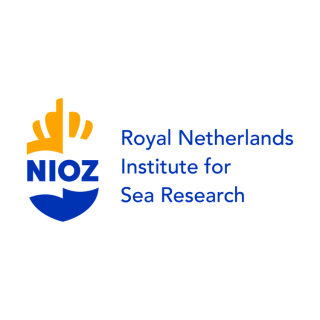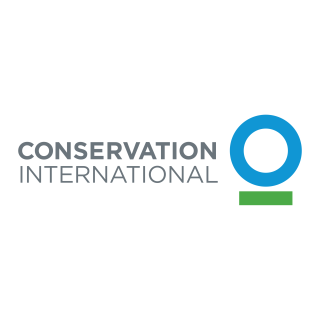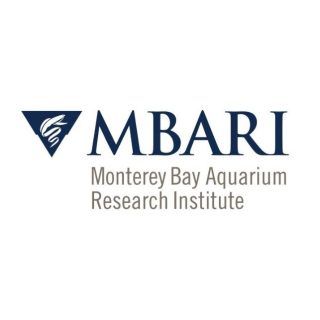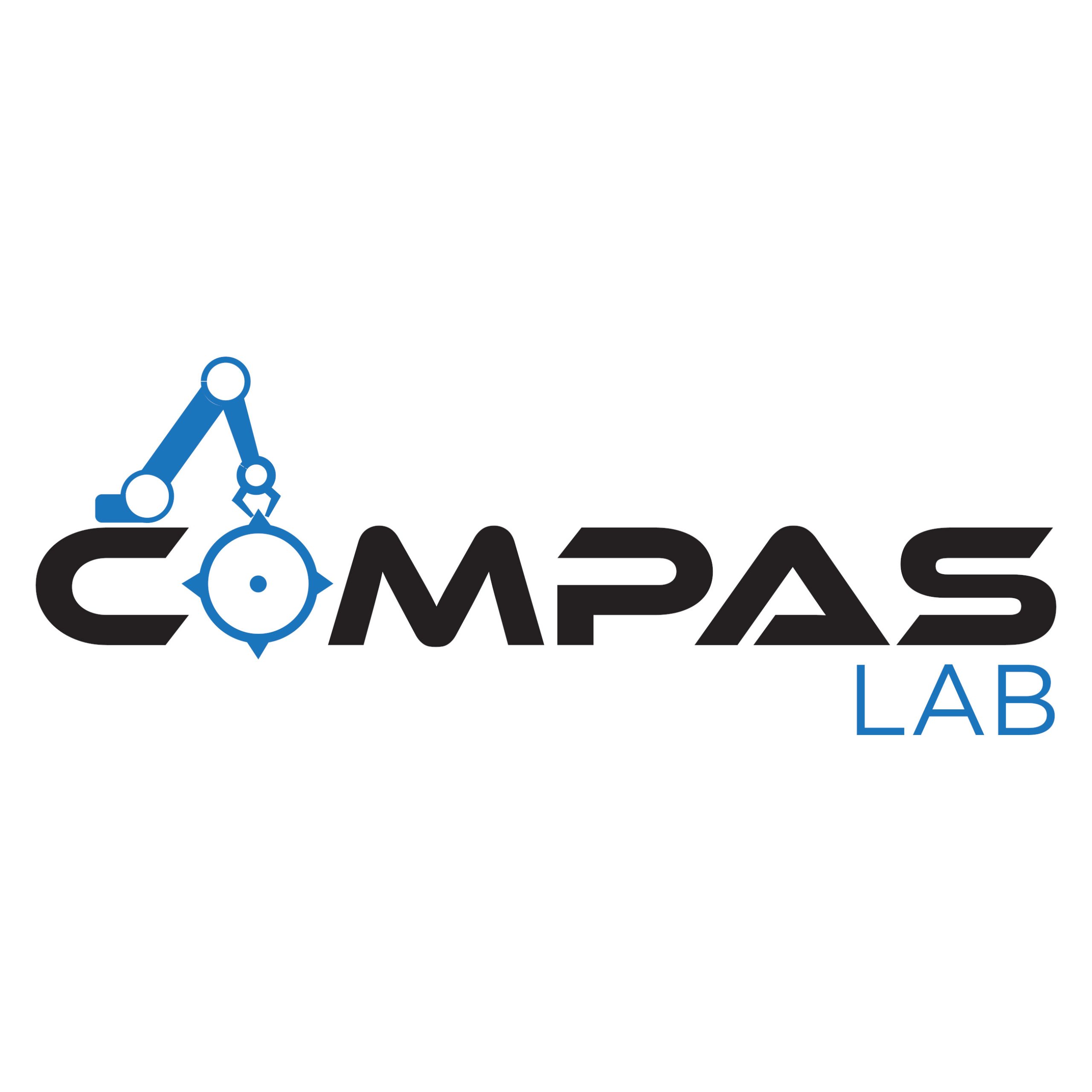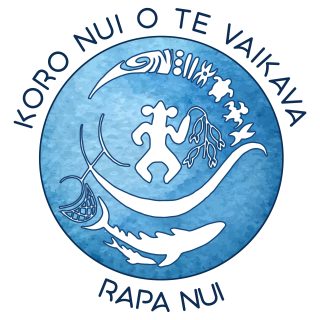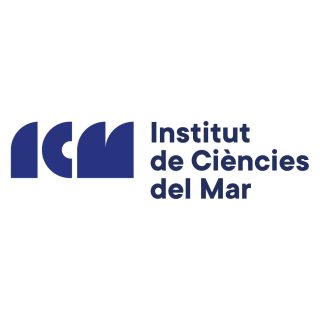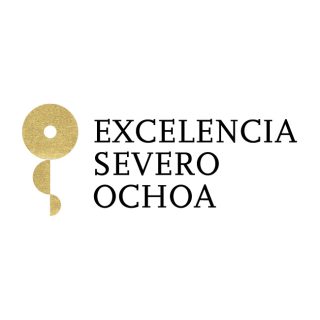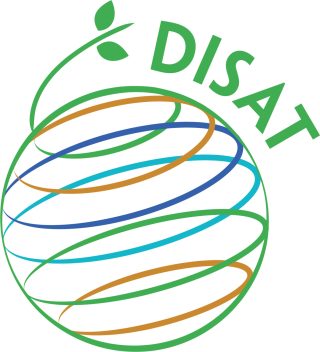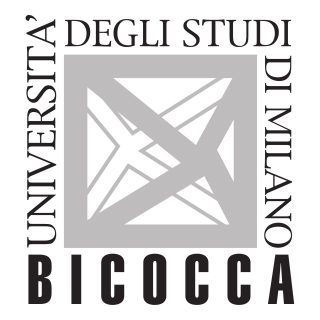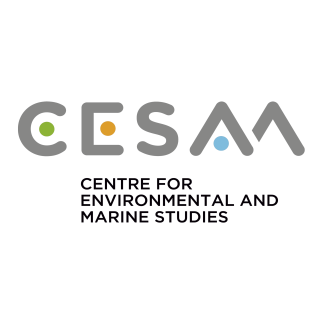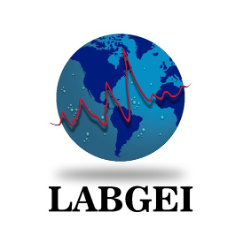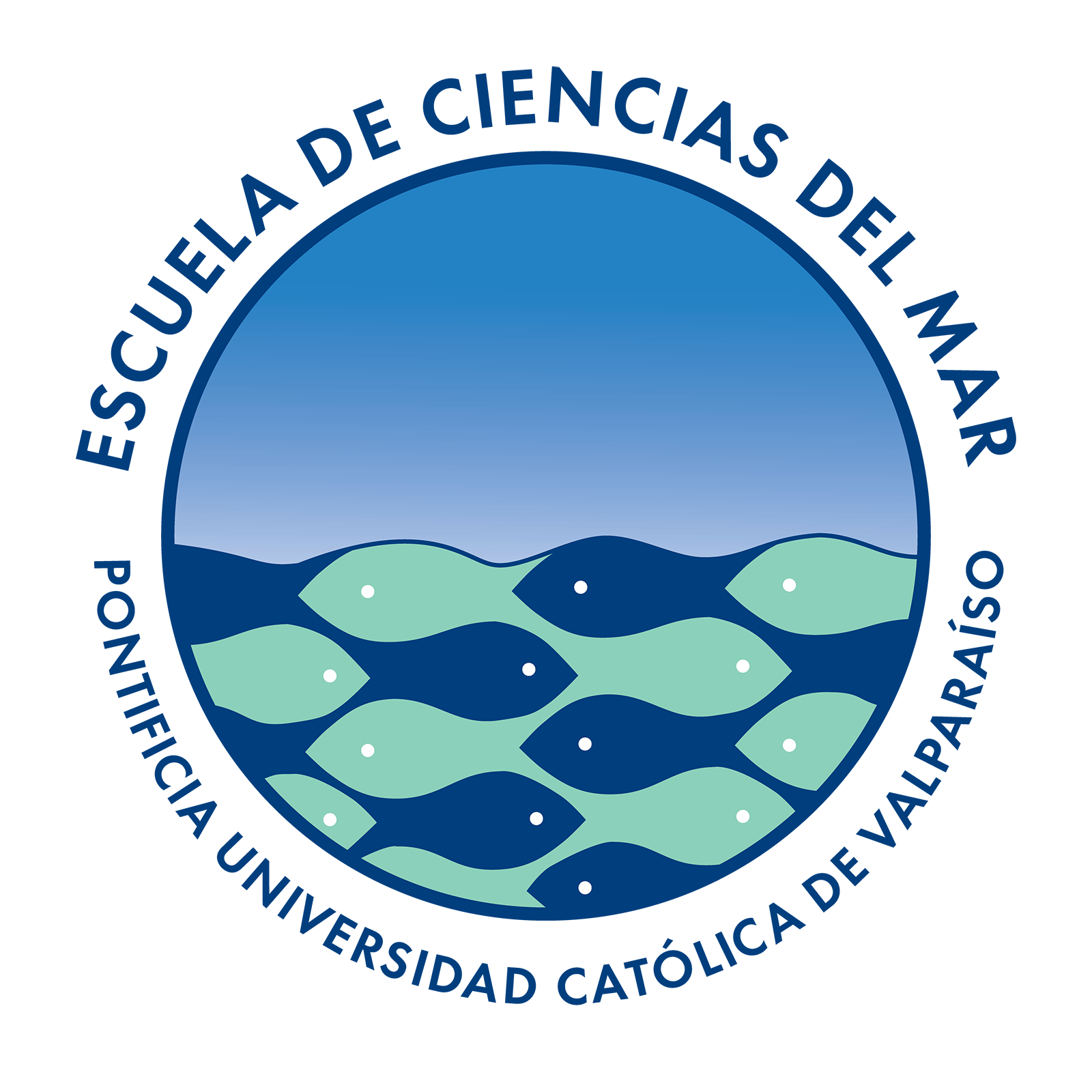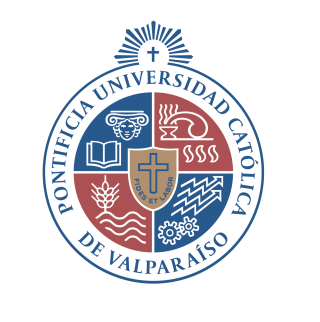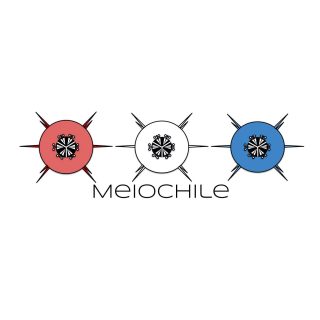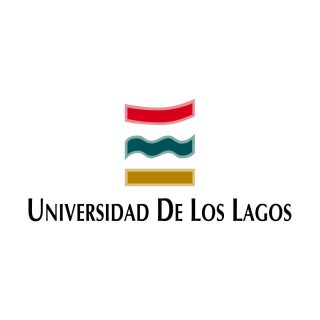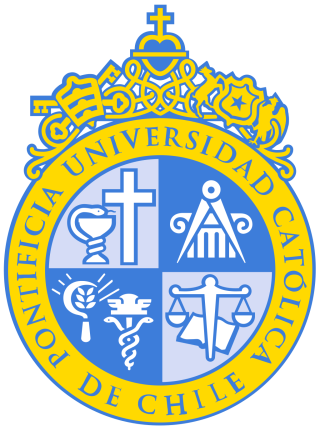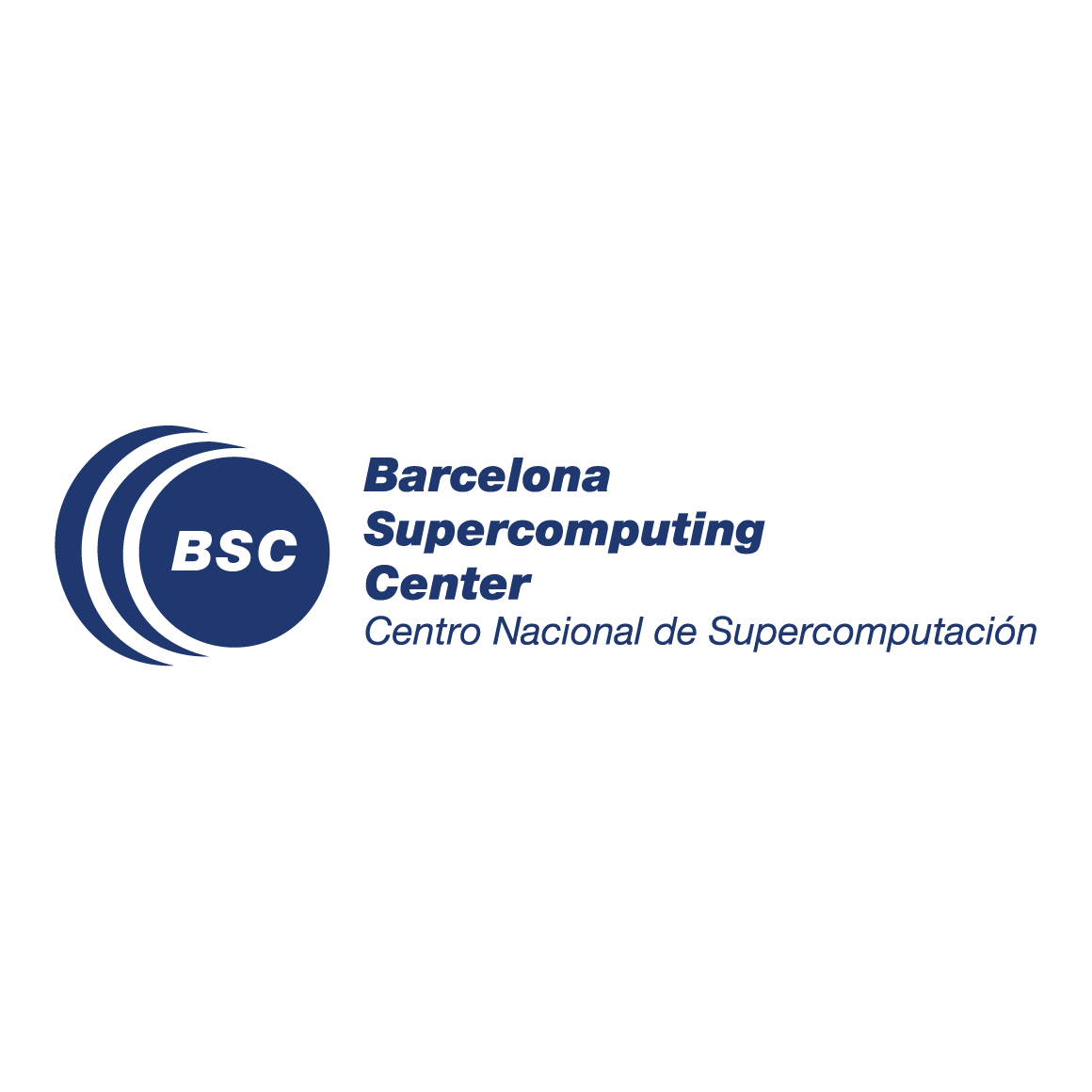Expedition dates: Feb. 24 – Apr. 4, 2024
The Salas y Gómez Ridge extends off the coast of Chile to Rapa Nui, also known as Easter Island, in the Central Pacific. Created by volcanism, these underwater mountains provide essential habitats for deep-sea organisms, supporting some of the highest marine endemism globally. Many of the species living here exist nowhere else on Earth. The hard, rocky surface offers something solid for sessile life to cling to, and the mountainous landscape provides animals a place where food is delivered directly to their benthic doorsteps by the water currents.
Extending off the coast of Chile, 73% of this remote, underexplored region lies in the high seas, outside of any country’s jurisdiction. The Salas y Gómez Ridge likely harbors pristine and unexploited habitats with abundant biodiversity that require international cooperation to protect before they are lost.
To better understand the biodiversity and connectivity of the region — how organisms living along this ridge reproduce, mature, and move via ocean currents — Dr. Erin E. Easton of the U.S. University of Texas Rio Grande Valley has assembled an international and multidisciplinary team to examine an understudied, and essential area of the global Ocean. Together, they will explore these southeast Pacific seamounts via a forty-day expedition that harnesses the technology and powerful data tools available on R/V Falkor (too). The team intends to assemble critical information to describe the region and support the designation of one of the first high-seas marine protected areas along the Salas y Gómez Ridge.
Understanding seamount biodiversity
Experts believe the ridge provides a protective corridor for numerous organisms traveling between the central Pacific and the South American coast, and the area almost certainly harbors species new to science. Marine mammals and seabirds migrate across the ridge to feed. This region harbors 82 threatened or endangered species, and there is strong evidence that biodiversity along these seamounts warrants robust protections.
The connections and environmental drivers between the seamounts of the Salas y Gómez Ridge are understudied. A key objective of this expedition is to identify biogeographic boundaries at different scales. The team will examine how currents flowing between and around the mountains impact the distribution of vital food sources and the genetic diversity among the organisms living there. Their work will inform future conservation efforts and advance our understanding of oceanic processes around seamounts.
People and science at sea
The international, multidisciplinary team includes engineers, marine ecologists, and physical, geological, chemical, and biological oceanographers, half of whom come from Chilean scientific institutions. The Rapa Nui Sea Council (koro Nui o te Vaikava) elected Artist-at-Sea Tauroa Aguilera and Berth of Opportunity participant Serafina Moulto to join the expedition to bring their perspectives as Rapanui community members to the expedition.
To better assess the biodiversity and oceanic processes, the team will collect multibeam and backscatter data to generate maps of ridges and identify locations for exploration with the ship’s remotely operated vehicle, ROV SuBastian. They’ll also collect meteorological, acoustic, and oceanic data while surveying surface waters for seabirds, marine mammals, and marine debris. Water samples collected with the ship’s CTD rosette and baited traps will allow the scientists to look at productivity in the water column and compare that to wildlife sightings above and deep below the Ocean’s surface.
Video surveys and sampling with the ROV dives in three depth zones (<600, 600-1000, and 1000-1500 m) will help scientists describe what sort of animals and organisms exist along these seamounts and within potential biogeographic boundaries. Holotypes, the single physical examples of an organism used when the species is formally described, will remain at the Chilean National History Museum to build capacity for future scientific study and advocacy efforts in the region.
A stereo, laser, and hyperspectral camera system, currently under development and testing, will be integrated onto the ROV. The camera will allow the team to capture color arrays invisible to the human eye within each image pixel. The minute color differences will enable the identification of tiny organisms, different types of sand, and potentially whether or not animals are healthy or sick. Together, this data and imagery will paint a detailed portrait of biodiversity on the ridge.
Informing a high-seas marine protected area
In February of 2023, the United Nations adopted the High Seas Treaty and pledged to protect 30% of the world’s Ocean by 2030. Currently, less than 1% of the high seas are protected. While recent marine protected areas, or MPAs, have been established in Chile, they are limited to the country’s territorial waters. Rapa Nui leadership and Chilean policymakers have championed international efforts to designate the ridge as a large-scale marine protected area. Previous studies strongly suggest that the Salas y Gómez Ridge is a critical area to protect in international waters, and this expedition will provide solid evidence to support and advance this effort.
Furthermore, because there is little to no fishing or commercial activity around the ridge, scientists and policymakers are optimistic that it is a bastion for oceanic biodiversity. Due to the lack of human exploitation, a small window of opportunity exists for protecting the Salas y Gómez Ridge without impacting industry, which could galvanize support for international cooperation to preserve the ridge for future generations.
Data & Publications
A list of samples collected on the expedition (FKt240224) can be viewed here.
ADCP data collected by R/V Falkor (too) during this expedition is now available on the University of Hawaii’s Currents data page.
A provisional list of nematode species encountered, curated by Dr. Matthew Lee is available here. (The list is subject to change and will be updated as the samples collected are further analyzed).
In the News
España asombra al planeta con el descubrimiento de 50 nuevas especies en el fin del mundo
ElHuffPost | April 15, 2024
Scientists reveal pristine ecosystems on high seas seamounts
hydro-international | April 12, 2024
Expedition Finds Creatures Unknown to Science in an Underwater Mountain Range Near Rapa Nui
LBV Magazine English Edition | April 12, 2024
Pristine Ecosystems And A Hundred New Lifeforms Discovered Remote Seamounts
Astrobiology | April 16, 2024
Trove of Unknown Deep-Sea Life Discovered in the South Pacific
yahoo News | April 16, 2024
Over 50 New Marine Species Discovered Off the Coast of Rapa Nui
The Inertia | April 15, 2024
Deep-Sea Life Bonanza Discovered off Easter Island
Explorers web | April 15, 2024
Dragons, sea toads and the longest creature ever seen found on undersea peaks off South America
The Guardian | April 15, 2024
Scientists discover 50 deep-sea creatures that were previously unknown to science
indy100 | April 15, 2024
Dozens of deep-sea species discovered off the coast of Chile
Earth | April 15 2024
Scientists discover 50 new deep-sea species near Easter Island
Newsweek | April 15 2024
Over 50 Species New to Science Found Along Salas y Gómez Ridge
Marine Technology News | April 11, 2024
Dozens of mystery creatures ‘unknown to science’ found near Easter Island
The US Sun| April 11, 2024
Salas y Gómez Ridge Seamount Away Team Expedition Discovers 50 New Life Forms – Astrobiology
Astrobiology | April 12, 2024
Astonishing deep-sea ‘galaxy’, underwater mountains and coral gardens discovered off the coast of Chile
Discover Wildlife | April 12, 2024
Gallery: 50 new marine species found, including this unimpressed sea toad
New Atlas | April 11, 2024
Scientists explore deep sea around Easter Island, find strange animals
Mashable | April 11, 2024
Astonishing deep-sea ‘galaxy’, underwater mountains and coral gardens discovered off the coast of Chile
Discover wildlife | April 12, 2024
Underwater mountain range off Easter Island hosts creatures unknown to science, expedition reveals
live science | April 11, 2024
The Marvelous Seamounts of the Southeast Pacific
Nautilus | April 3, 2024
Team
